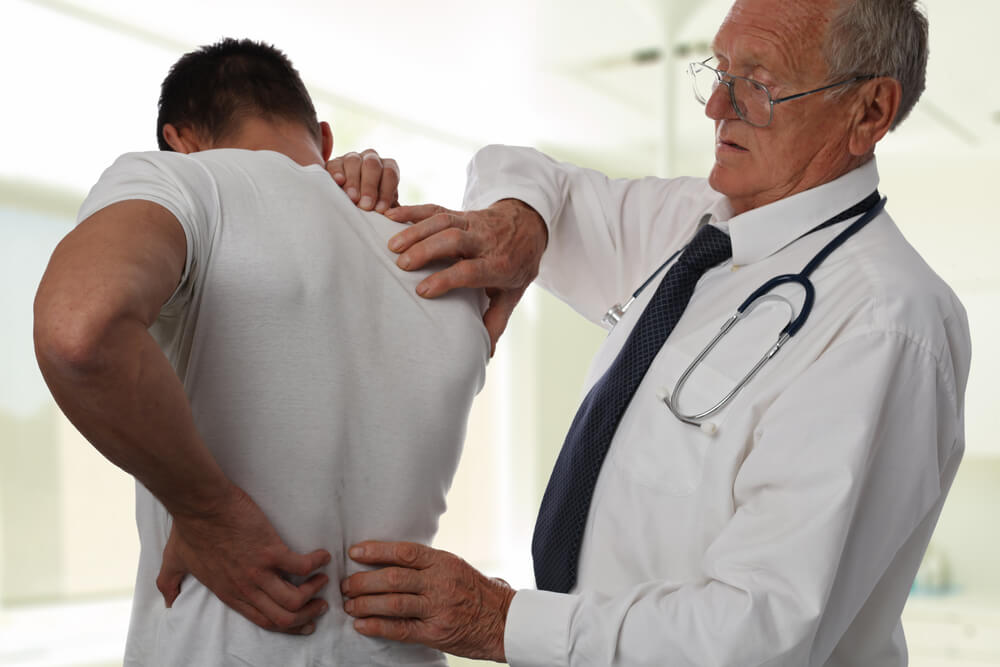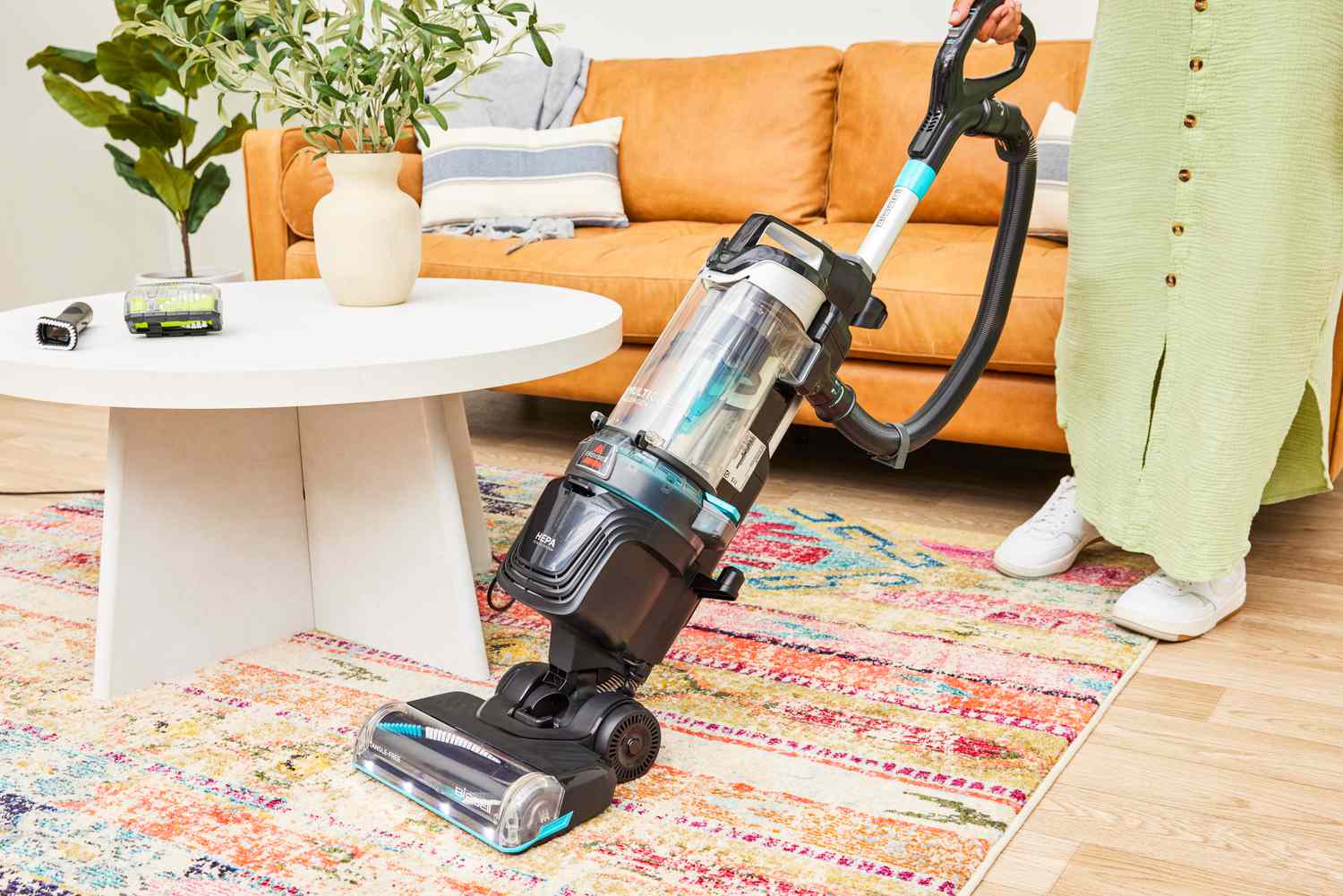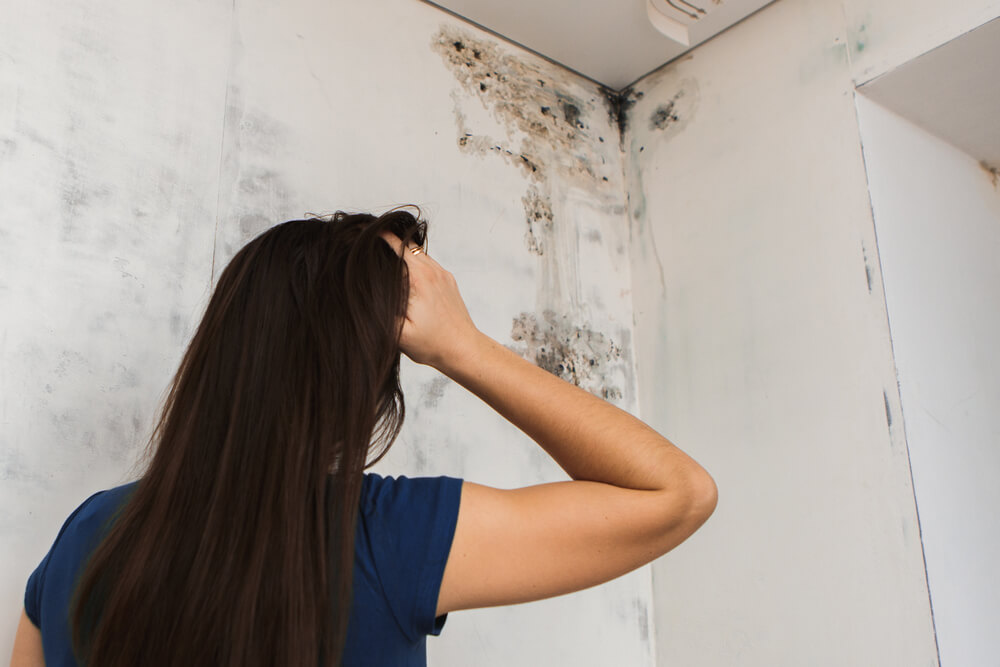In Health
Published 11/20/2025
11 Treatments and Remedies for Muscle Spasms (that Actually Work)
According to the National Institute of Health, massage is one of the most efficient and easiest treatments for muscle spasms. However, finding other treatments for muscle spasms isn’t always that easy.
There are countless causes for muscle spasms and each one has a unique set of treatments. Massages may work for certain muscle spasms and not for others, after all. This slideshow covers some of the most common remedies for muscle spasms.
Treating muscle spasms can be relatively easy; treatment is crucial, this condition can lead to some serious complications.
Complications
Muscle spasms are often a sign of more serious medical problems. These are a few of the common complications that come with muscle spasms and cramps:
- Chronic Muscle Spasms
- Muscle Pain
- Muscle Contracture
- Permanent Nerve Damage
- Difficulty Moving
- Worse Quality of Life
What are Some Treatments and Remedies for Muscle Spasms?
Thankfully, there are some effective ways to help treat muscle spasms and cramps to discuss with a healthcare professional, including the following…
1. Stretching

Stretching is one of the most helpful ways to relieve muscle spasms and cramps. This fact is especially true for athletes who are experiencing cramping either during or after their workouts. Our muscles are dynamic, working many parts of our body. So, before we put them through any strenuous activity, we should always warm them up. We should also stretch after exercising to help them unwind and relax.
Why Stretching Can Help
Muscle spasms are the single most common condition that athletes need to be treated for. When it comes to putting our muscle through these exercises, we need to make sure that they are warmed up and ready for action. We also need to make sure they are sufficiently relaxed after working out.
In other words, stretching prepares your muscles for strenuous activity when done before an exercise. Stretching after an exercise likewise helps the muscles to slowly unwind and get ready to rest. Stretching also helps to improve your flexibility, which lowers your chances of overworking your muscles and causing a muscle spasm.
Another common cause of muscle spasms for athletes is dehydration…
2. Hydration

Staying hydrated is one of the best things you can do for your overall health. Our bodies need to maintain adequate hydration in order to function properly, after all, and this fact is also true for our muscles.
When you become dehydrated, there are a few problems that can occur that lead to muscle spasms. For example, you can become overheated, your electrolytes can go out of balance, and you can become more prone to an injury that will lead to cramps and spasms.
Staying hydrated will therefore help prevent muscle spasms.
Why Hydration Can Help
The body needs water. When it comes to muscle spasms, proper hydration helps alleviate this condition for a few reasons. Being hydrated will help your body move vital nutrients to your muscles, for one, and it will also help keep your blood pressure in a healthy range.
Switching out soda and energy drinks for good old H2O is a great decision for your health.
There is another water-based treatment you can do for cramps and muscle spasms…
3. Ice

Being overheated is another classic cause of muscle spasms. In addition to that, swelling, nerve damage, and pain are common problems associated with muscle spasms. All of these conditions can be treated with ice.
Why Ice Can Help
Applying ice, a cold pack, or any other type of cold therapy to the location of a muscle spasm can provide quick relief. This treatment will lower any swelling while slowing down nerve impulses. This action takes the pressure off the muscle while slowing down the intervals between muscle spasms. This therapy can even end the muscle spasms for mild conditions related to overworked muscles or sports related cramps.
It might seem contrary to what we’ve been talking about so far, but applying heat to the location of a muscle spasm can also help…
4. Heat

Where ice reduces swelling and pain, applying heat to the location of a muscle spasm can help to loosen the tissue.
Why is loosening tissue important?
Many of the causes of muscle spasms are related to stiff muscles and poor flexibility. Applying a heat pad, hot pack, or other heat therapy to the muscle helps to soften any stiff tissues and subsequently prevents muscle spasms.
Why Heat Can Help
Muscle spasms are all about muscle tissues not having the resources they need to function properly. Heat therapy increases circulation and helps muscles to relax. This action gives them more time to recover and helps restore blood flow to cramped muscles. Alternating hot and cold therapies can go a long way to help worn out muscles.
Where hot and cold therapies get most of their use is with people who exercise…
5. Exercise

Staying fit is great for our health. From head to toe, there’s nothing quite like getting the blood pumping to stay healthy. While overworking muscles can cause spasms, not working them enough can conversely make this condition even more likely.
In short, we need to keep our muscles moving in order to prevent frequent spasms.
Why Exercise Can Help
Exercise can help for a variety of reasons. One of the biggest reasons being that it builds strength and stamina. If your muscles are strong enough to handle your daily life, you are less likely to experience spasms while handling daily errands, work, and household activities.
Exercise also helps muscles to stretch out. This simply means that your body will be more prepared for sudden bursts of activity like sprinting to catch a bus or helping a friend move a couch. All in all, exercise helps our muscles be ready to face the day and not get cramped up in the process.
After a good workout, nothing relaxes muscles like a gentle massage…
6. Gentle Massage

If you’re experiencing frequent muscle spasms, a gentle massage might go a long way to relieve your suffering.
Muscle cramps and spasms are caused by muscle tissues contracting without being able to properly relax. Massages are a great therapy to lighten the intensity of a cramp or muscle spasm while it is happening.
Why Gentle Massage Can Help
Slowly massaging and working the tissue helps it to be relieved from any kind of strain or cramping. This action will help your muscles to relax and ease out of their cramped state. The light, rhythmic pressure of a massage will also help you to loosen up stiff muscles and ease any pressure on the nerves or blood vessels.
Just like stretching, exercise, and massages, extending a cramped muscle can help relieve the pain…
7. Extensions

On a technical level, muscle spasms are caused when the muscles have trouble extending. Muscle spasms are uncontrollable contractions of a muscle. When it comes to minor spasms and cramps, extending the muscle can go a long way to providing some quick relief.
Why Extensions Can Help
Extensions stretch out cramped muscles. A cramped calf muscle, for example, can be helped by laying down on your back with your legs stretched out. This type of extension should be done slowly, so as to not aggravate an already-tense muscle.
Specifically, this movement helps break up stiff muscles and gives them some much-needed extension. This action also helps nerves and blood vessels to relax and restores blood flow. If you’re experiencing a “pins and needles” sensation along with your muscle spasms, this option can help get blood back into your tissues, reducing this uncomfortable sensation.
Now, let’s take a look at some treatments that require a little more preparation…
8. Electrolytes

Electrolytes are minerals in the body that can conduct electric currents when dissolved in water. Our bodies use these minerals every minute of every day to send vital signals throughout our nervous systems.
When our electrolytes become unbalanced, we can experience some pretty intense medical conditions. Hyperkalemia, for example, is a condition where potassium levels in the body become too high and, in severe cases, can lead to cardiac arrest.
Muscle spasms are a common sign of mild electrolyte imbalance.
Why Electrolytes Can Help
When our electrolytes are balanced, signals sent from the nervous system to the muscles come in the correct amounts. When these levels are off, however, the signals either become too intense or too weak. Electrolyte imbalances are potential hazards for individuals with certain medical conditions or for people who do intense workouts on hot days.
The science of electrolytes is well understood, but there are a few muscle spasm treatments that are less well documented, albeit still popular…
9. Alternative Medicine

Alternative medicine has a few options for people who have muscle spasms. Many of these treatments haven’t yet been vetted by scientific research, but there are people who claim they are effective.
Remember to discuss any treatments with your physical therapist, trainer, or doctor before switching to medicinal plants.
Why Alternative Medicine Can Help
Vitamin B Complex, which contains all of the varieties of B vitamins, is suggested to help individuals with their cramps and muscle spasms. While the jury is out on if this option can help people with mild muscle spasms from activities like exercise, there is a scientific connection to more extreme cases.
Namely, severe vitamin B deficiencies are known to cause muscle cramps and spasms. Your doctor will be able to help you determine if your vitamin B levels are low.
People often use alternative medicine to supplement their prescription medicine…
10. Medicine

Every medicine has side effects. From the over-the-counter cold medicine to prescription drugs, there are trade-offs for every medicinal treatment. Usually, these trade-offs are mild and well worth the benefit of the medicine.
One common side effect of many medications? Muscle spasms. This fact can be due to your medicine directly causing muscle spasms or indirectly by creating the conditions for them. Medicines that dehydrate can indirectly cause muscle cramps through that dehydration, for instance.
Your doctor can help you find medicines that don’t have cramps as a side effect or prescribe you muscle relaxants.
Why Medicine Can Help
There are prescription muscle relaxants that can help with chronic muscle spasms. Depending on what your doctor recommends, there are even relaxants that can be taken with other prescription medicines to help relieve your cramps and spasms.
Speaking of your doctor, you can talk with them about your spasms and medical conditions; it’s the best treatment for all…
11. Talking to Your Doctor

Your doctor can help you with your muscle spasms. Whether they are from exercise or an underlying medical condition, speaking with a physician can give you powerful insight into your medical needs.
Why Talking to Your Doctor Can Help
While most muscle spasms are caused by overworked muscle tissue, they can also be linked to some serious medical concerns.
Your doctor can help rule out more serious problems like nerve damage or kidney problems, which can also cause muscle spasms. This process can be especially helpful for individuals who have chronic muscle spasms that don’t appear to be associated with strenuous activity.
Now that you’ve learned about a few treatments for muscle spasms, what should you do next?
What’s Most Important to Remember About Muscle Spasms?
Treatments like applying a cold pack to sore muscles can be tried at home with minimal risk, but it is always recommended to get professional medical advice.
If your muscle spasms come from overworking while exercising, consider having a personal trainer help you improve your form or build up strong muscle. If your muscle spasms are a chronic condition, it’s time you visit your doctor and get some insight into what could be causing it.
The more you know about how your body works, the better prepared you’ll be for finding remedies for your muscle spasms.





